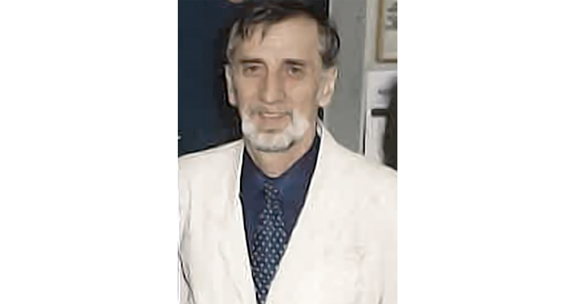Metal powder atomisation specialist Sheikhali M Sheikhaliev has died
September 29, 2020

Prof Dr Sheikhali M Sheikhaliev, a material scientist and inventor of numerous atomising technologies, passed away suddenly in Novouralsk, near Ekaterinburg, Russia, in June 2020.
Having worked closely with UK-based Atomising Systems Ltd over a number of years, Dr John Dunkley recounts his career and highlights some of his work in the development of atomisation technologies.
Dr Sheikhali M Sheikhaliev was born in 1946 in Dagestan, in the Caucasus, and in 1977 graduated from the Ural Polytechnic Institute and, after postgraduate study, worked at Moscow Engineering Physics Institute No 2 (MIFI-2), located in Novouralsk, 1,400 km from Moscow (Novouralsk is the third name for the town since 1980, as it was a ‘secret city’ where the main Soviet uranium enrichment plant was built by Stalin).
Dr Sheikhaliev both lectured and conducted research in materials science, largely connected with the nuclear industry. He authored more than twenty patents and 120 publications on materials science and his work allowed the creation of new materials for nuclear reactors. He trained more than 150 specialists for the nuclear industry.
In 1990, working from the Institute, he founded a company to develop novel powder atomisation techniques called Ural NETRAMM (UN). It was around this time that I first met him in Moscow, having read his articles in Poroshkovoya Metallurgiya considering the possibilities of applying highly unconventional techniques of atomisation to metals.
Atomising Systems ltd (ASL) took his concept for ultrasonic solder atomisation and applied western specialist equipment to develop a practical system for atomising electronic grade solder to extremely spherical and narrowly sized powder, and succeeded in selling several systems, to Japan, China and USA until the electronics industry moved to finer powders, which required higher frequencies which in turn implied lower throughputs than were viable.
Another area of cooperation between Dr Sheikhaliev and ASL was in modelling centrifugal atomisation. Here, he developed a computer programme that predicted the trajectory and thermal history of flying metal droplets, and this has proved useful to ASL in designing production plants for solder powders, lead shot, zinc for batteries, bronze powder, steel powders, and even silicon.
He also propounded and demonstrated the concept of using pressure-swirl nozzles for metals. These are the most common form of atomising nozzle for cold liquids, e.g. for perfume, but the obvious problems for metals are pressurising the melt and nozzle material durability. ASL succeeded in building a highly successful plant in 1995, using this technique to produce a fountain of molten lead which made excellent, narrowly distributed lead shot around 0.5-1.0 mm.
Work at ASL on his concept of an internal-mixing gas atomisation nozzle was less successful, and the practical difficulties of this, at least using 1990s technology and materials, proved beyond us at that time.
Dr Sheikhaliev also worked together with German Institute IWT in Bremen, where Dr Uhlenwinkel worked with one of his students to demonstrate his concept of pressure gas atomisation, which combined a first stage pressure swirl jet, to produce a conical sheet of molten metal, with a second stage gas atomisation of this sheet.
Everyone who worked with him in atomisation found him to be a first-class scientist and original thinker, who was most modest and helpful to all his associates. He will be sorely missed.
















